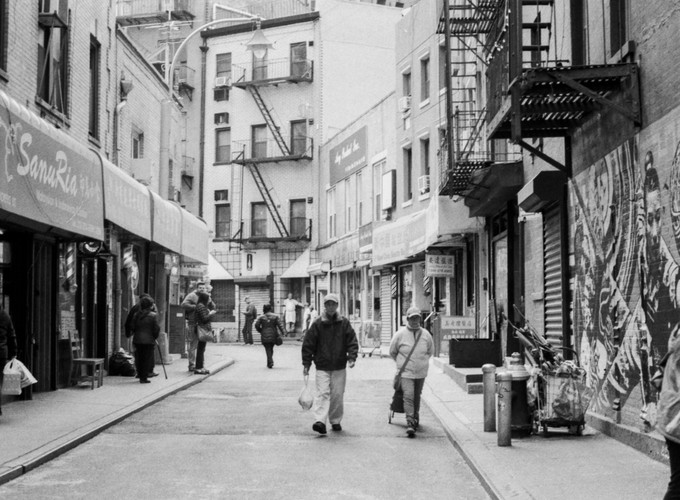Accessibility as an urban planning paradigm for more sustainable and equitable cities
The structure of thought that underlies the classical models of transportation planning considers this activity as a sovereign element for the economic development of cities and for the access to activities essential to the urban way of life. However, epistemological discussions about the need to structure more holistic analyses to support the decisions of the different actors involved in the planning of cities have been highlighted.
This paradigm shift already appears in integrated urban planning studies, through which subsystems are modeled in an integrated manner, namely: the location of activities, land use, and transportation structure (Banister, 2008; Macário, 2014; Sousa et al., 2017). More recently, according to Garcia et al. (2018), urban accessibility planning with a focus on sustainability and equity has been considered the best approach for dealing with complex urban processes and their impacts on citizens' quality of life.
In this context, it is aimed to develop studies to understand the complexity of the urban dynamics of Brazilian cities and the causal relationships of phenomena related to the dynamics of human activities, land use and mobility. The results of these studies will contribute to conceptual and methodological improvements in urban planning in the Brazilian context, at different scales and localities, adding value to the theoretical and methodological framework existing in the literature and subsidizing decision making regarding structural urban elements with greater assertiveness.
